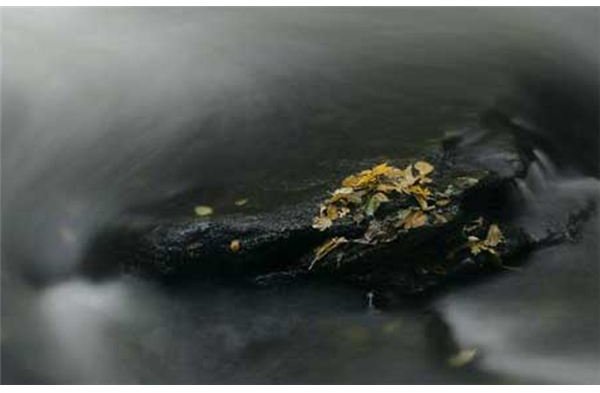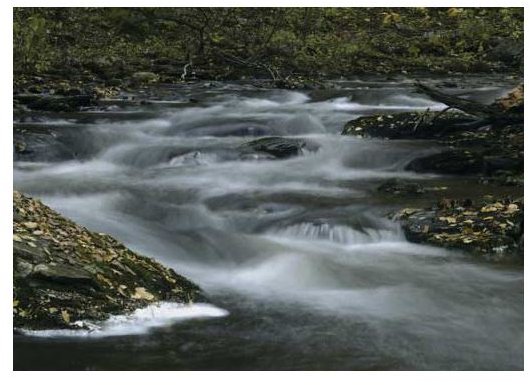Capturing Autumn Leaves: Photography Techniques & Tips from a Pro
Photographing Autumn Leaves
Fall is a wonderful time of year for photographers as the bright colors of autumn leaves turn forests into kaleidoscopes of beauty. There are many ways of capturing beautiful images of autumn leaves. Let’s take a look at some of them.
Think big – wide shots of the forest fully brazened with reds, oranges and yellows make for beautiful images of the glory of fall. Consider the occasional panoramic image as well for an unusual perspective.
Think small – once you’ve gotten your forest shots, look for interesting patterns and shapes created by clusters of leaves or individual leaves. Light direction is very important for these shots as backlighting and side lighting can give you much more interesting images than front lighting. Don’t forget to get some close ups that show the texture and detail of the leaf’s surface (side lighting will be particularly effective for this kind of shot).
Think early – warm days followed by cool nights often lead to misty mornings. Autumn colors filtered through this morning mist can become even more beautiful under such conditions. It’s well worth a check of the weather forecast a few days before your planned shoot to get a sense of likely weather conditions. If you can foresee the likelihood of early morning mists make sure to get out in time to take advantage of them.
Think wet – often the combination of fallen leaves and moving water can lead to memorable photographs. These shots are often more challenging than the ones discussed earlier in this article, since the most interesting results are often dependent on extremely slow shutter speeds to cause the moving water to create a beautiful spun glass blur effect. This is a trickier shot to pull off because it requires using a particularly stable tripod and good technique as you aim for multi-second exposures (sometimes as long as 30 seconds). Look for individual leaves stranded on rocks in mid-stream or clusters of leaves strewn on the river bank as water rushes by. A particularly nifty image can be created by using a long exposure to capture leaves caught in a swirling eddy. The long exposure will create a whirlpool blur of movement and color making for a memorable image.
Images

Helpful Tools
You can improve your chances of great autumn leaves photography by using several tools while making your images.
- Polarizing filter – a polarizing filter will cut down on reflections on the leaf’s surface making for a cleaner photo.
- Color intensifying filter – these are filters that bring out a particular color (red, green or blue). Adding redhancer filter will help strengthen the reds and oranges in your fall foliage
- Tripods – using a tripod will make longer exposures and smaller lens openings possible, resulting in greater detail and depth to your photos
- Plamps – these are clamps designed to hold stems and branches still so breezes don’t blur the flowers or leaves on them.
- Ring lights – these macro lights will help your macro and close-up photography to capture the detail of the leaf surface
- Off camera flash – position the flash unit behind the leaf to back light it. This will bring on the veins in the leaves and also provide beautiful rim lighting. Use your camera’s built-in flash to stop the front of the leaf from silhouetting (being underexposed).
